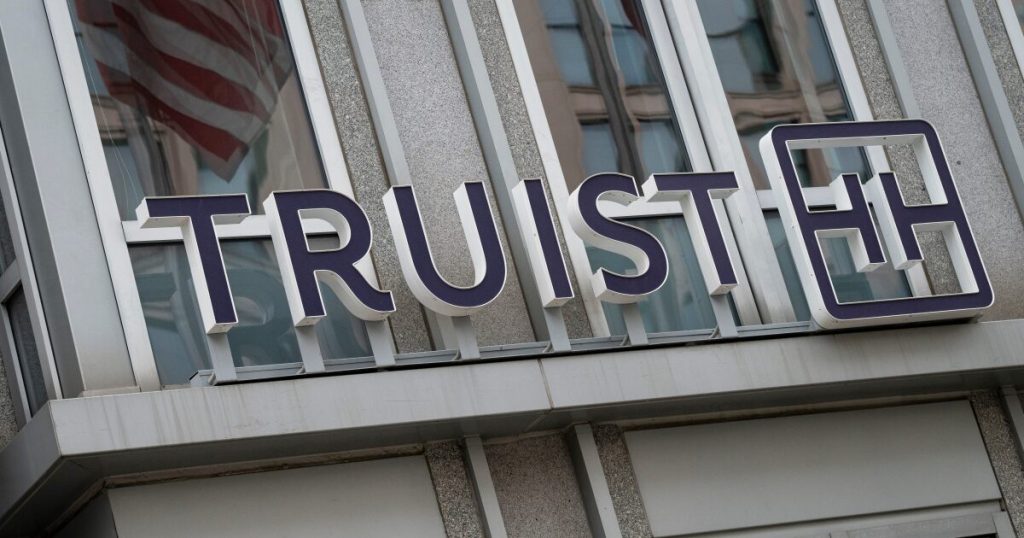UPDATE: This article includes more details from Truist’s earnings report and comments made during the bank’s earnings call.
But
The Charlotte, North Carolina-based regional bank expects adjusted full-year revenues to increase 1.5%-2.5% year over year and adjusted full-year expenses to rise by about 1%, executives said. Those projections rest on the assumption that the Federal Reserve will cut interest rates twice between now and the end of December.
The Fed, which began raising rates in 2022 to try to curb inflation, made three cuts last year. But it hasn’t continued reducing rates so far in 2025, despite the Trump administration’s increasingly aggressive demands that it do so. In June, the Federal Open Market Committee
During
“I mean, I think the answer is probably it depends,” Mike Maguire,
“I think if you saw no cuts, and you saw the long end [of the curve] lower, as an example, that would maybe create some risk,” he said. “But … at the end of the day, I don’t think we feel super sensitive to … the rate path [for the] second half of the year. On our revenue outlook, we’re going to be working pretty hard to manage our funding costs and to generate good core funding.”
“It’s probably more of a watch item for next year, right?”
Positive operating leverage — when revenues outpace spending — has been
On Friday, Rogers said the $537.1 billion-asset company is “seeing solid progress” in areas such as wealth management, payments, middle-market lending and its “premier” banking segment, which caters to customers who hold at least $100,000 of assets with
Read more about Truist here:
Still,
The outlook is brighter for the second half of the year, following a pickup in activity in May and an even bigger increase in June. Rogers said the business is “well-positioned” for a second-half recovery.
“We had a lot of deals get deferred during the second quarter — by the way, none went away. Many are back in the market already,” Rogers said. “So there’s … reason to be optimistic.”
For the quarter that ended June 30,
Earnings per share were $0.90, shy of analysts’ consensus $0.92 expectation, according to S&P Capital IQ.
Revenue was about $5 billion — rebounding from a revenue loss of $1.68 billion in the year-ago period, which was due primarily to the losses in the bank’s securities portfolio.
Analysts polled by S&P Capital IQ had predicted revenue of $5.025 billion.
Banks this week have mostly posted strong earnings results despite economic uncertainty.
At
Read more about bank earnings here:
Noninterest expenses totaled nearly $3 billion, down about 3.5% from the year-ago quarter. The reduction reflected a charitable contribution of $150 million that was made in the same quarter of last year and a special Federal Deposit Insurance Corp. assessment adjustment of $13 million in the same period.
Average loans and leases were $313.8 billion in the quarter, up from $307.6 billion in the year-ago period. In consumer and small-business banking,
Average deposits were $400.5 billion, compared with $388 billion in the same period a year earlier.
Between April and June,
Scott Siefers, an analyst at Piper Sandler, was curious about the “step-down” in repurchases from the second quarter to the third quarter. Maguire said it boiled down to market conditions.
“For us, the $750 [million] versus $500 [million] really was opportunistic, as we watched the price simply present itself at a more attractive level,” he said on the call. “I think the return to $500 [million] is probably a reasonable place to expect us to stay for the medium term.”

